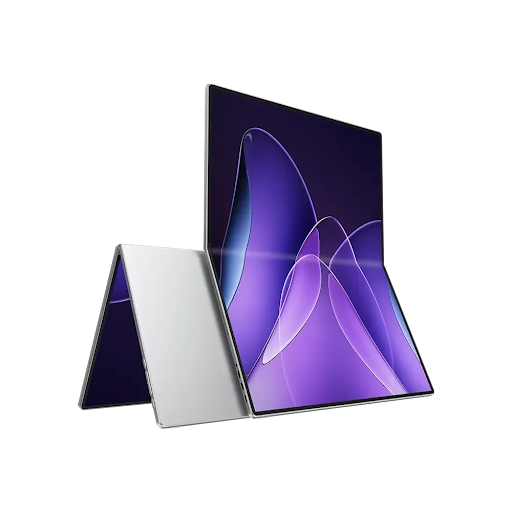You want the best picture quality. For movies, games, and photos, two things matter most: high dynamic range (HDR) and true black levels. This is where OLED screens stand alone. This article explains why OLED technology is unmatched for these features.
The Secret is in the Pixels
OLED stands for Organic Light-Emitting Diode. Unlike LCD screens that use a backlight, each pixel in an OLED panel produces its own light. This fundamental difference changes everything.
You can turn individual pixels completely off. This allows for perfect, infinite black levels because there is zero light emission from black areas of the screen.
Infinite Contrast: The Key to HDR
HDR is all about contrast—the difference between the brightest brights and the darkest darks. This is called the contrast ratio.
LCD monitors have a backlight that is always on. To show black, they must block this light, which often results in a grayish, washed-out black. This limits their contrast ratio.
An OLED monitor has an infinite contrast ratio. The blacks are truly black because the pixels are off. This makes the bright parts of an HDR image—like explosions, stars, or headlights—pop with incredible intensity right next to absolute darkness. This is the true HDR experience.
Perfect for Dark Rooms and Creative Work
The benefit of infinite contrast is most obvious in a dark room. Without any backlight bleed to wash out the image, you see exactly what the director or designer intended.
This makes a portable OLED monitor the top choice for video editors, photographers, and anyone who needs color accuracy. You can trust that the shadows and dark details you see are real.
The Portable and Flexible Advantage
This technology isn’t just for huge TVs. You can now get this premium experience in a portable OLED monitor. This means you can have reference-level color and perfect blacks for your laptop anywhere you go.
The technology also enables innovative designs like a foldable oled monitor. Because OLED panels can be made on flexible substrates, they can bend and fold without sacrificing the core benefits of perfect blacks and stunning HDR performance.
Beyond Blacks: Color and Speed
OLED’s advantages don’t stop at contrast.
- Vivid Colors: OLED panels typically cover a very wide color gamut, like 100% of DCI-P3. This means they can display more intense and accurate colors, which is a key part of the HDR standard.
- Pixel Response Time: Each pixel can change state incredibly fast. This eliminates motion blur in fast-paced games and action movies, making the image exceptionally clear.
A Quick Comparison: OLED vs. LCD for HDR
| Feature | OLED Monitor | Typical LCD Monitor |
| Black Levels | True Black (pixels off) | Dark Gray (light blocked) |
| Contrast Ratio | Infinite | 1000:1 to 6000:1 |
| HDR Impact | High | Moderate |
| Viewing Angles | Excellent (no color shift) | Good to Poor (color shift at angles) |
Frequently Asked Questions
Q: Do all OLED monitors support HDR?
Most do, but always check the specs. Look for support for HDR10, which is the common standard. The best OLED monitors will also have a high peak brightness to make those HDR highlights shine.
Q: Are OLED monitors good for gaming?
Yes, they are excellent. The fast response time and perfect blacks create an incredibly immersive and responsive gaming experience, especially in dark horror games or space adventures.
Q: Is there a downside to OLED for HDR?
The only potential downside is that OLEDs can’t get as blindingly bright as the very best high-end LCDs. However, the perfect blacks often create a more impactful HDR image than a brighter LCD with gray blacks.
Q: Can I see the difference in a bright room?
Yes, but the difference is most dramatic in a controlled lighting environment. In a very bright room, some of the perceived contrast advantage is lessened, but the perfect blacks are still a visible benefit.
Q: Should I get an OLED monitor for general use?
If you consume any HDR content (Netflix, Disney+, AAA games) or work in a visual field, the answer is yes. For only reading text and spreadsheets, it might be overkill.
The Bottom Line
If you want the most realistic, immersive, and highest-quality image possible, an OLED monitor is the ultimate choice. Its ability to display perfect blacks and infinite contrast is simply impossible for LCD technology to match.
This makes OLED the undisputed champion for HDR content and dark scene performance. Whether it’s a large desktop display or an innovative foldable oled monitor, you are getting the best picture quality available today.

